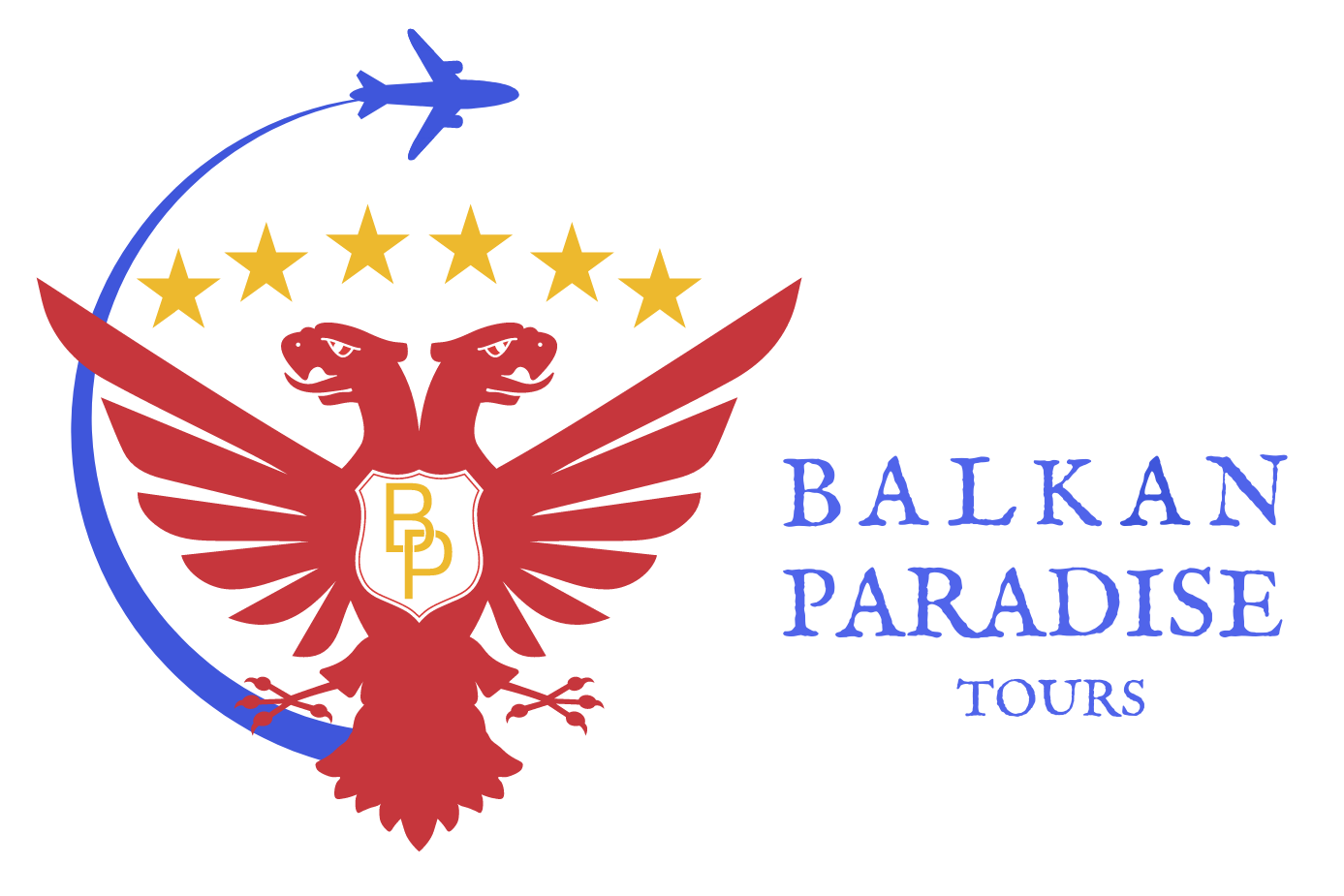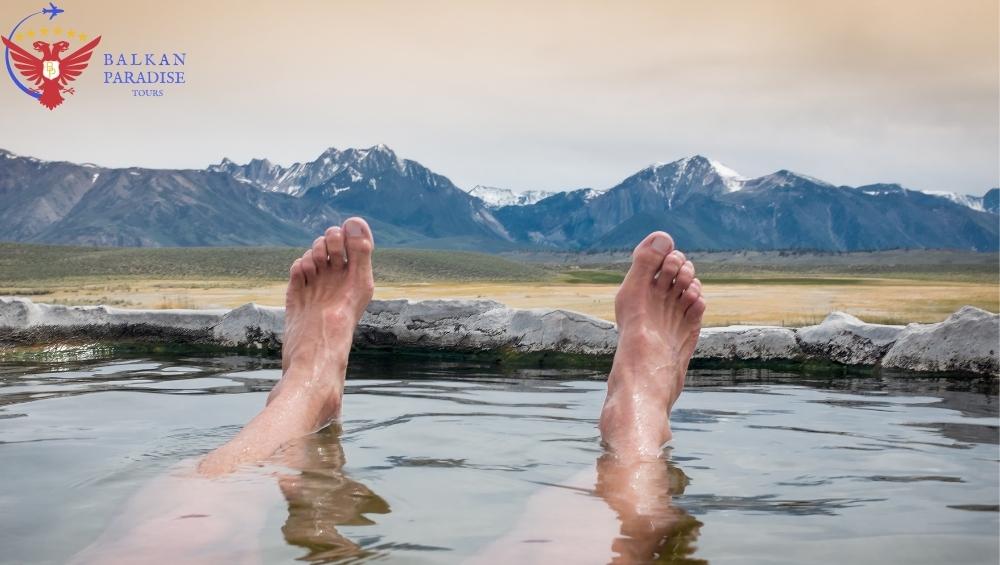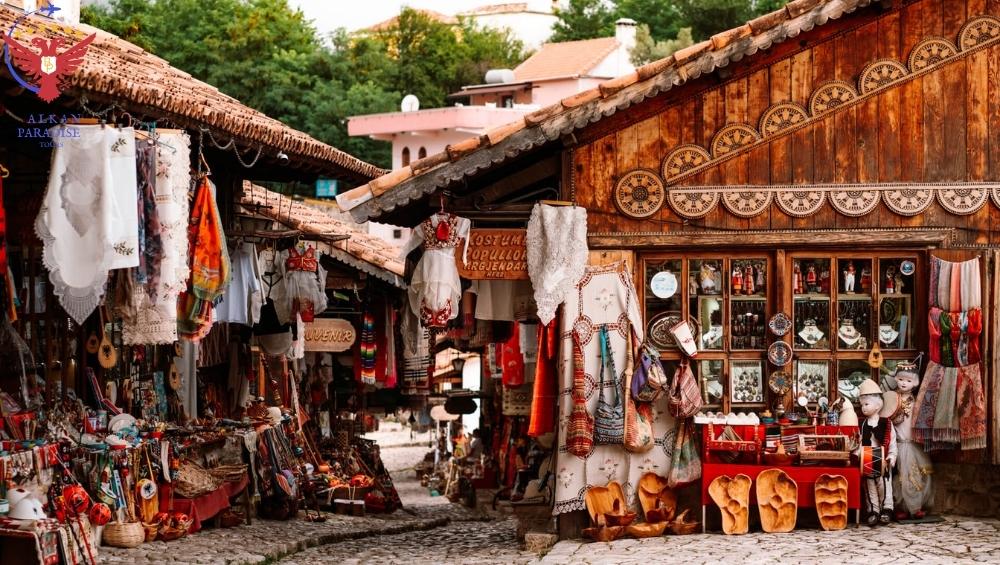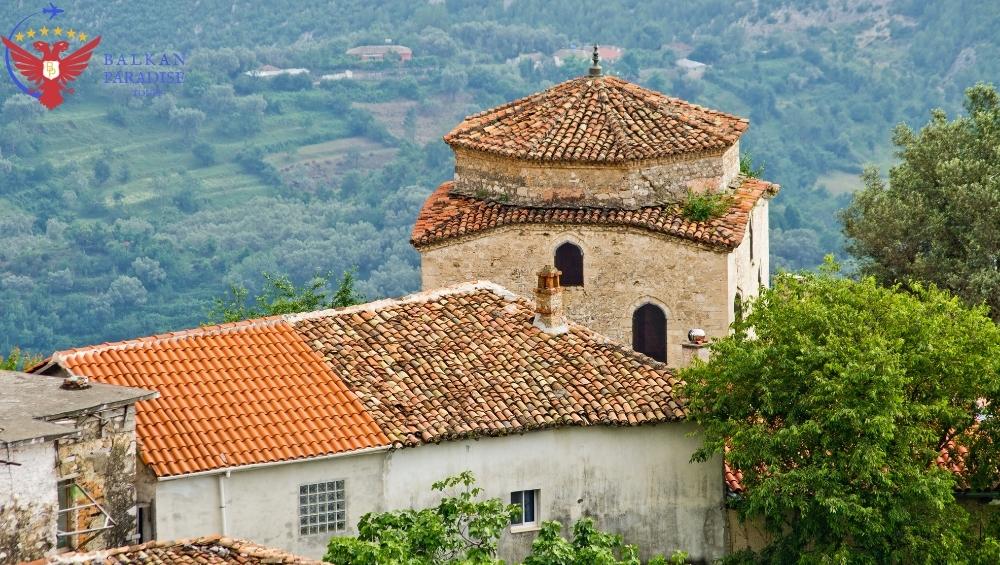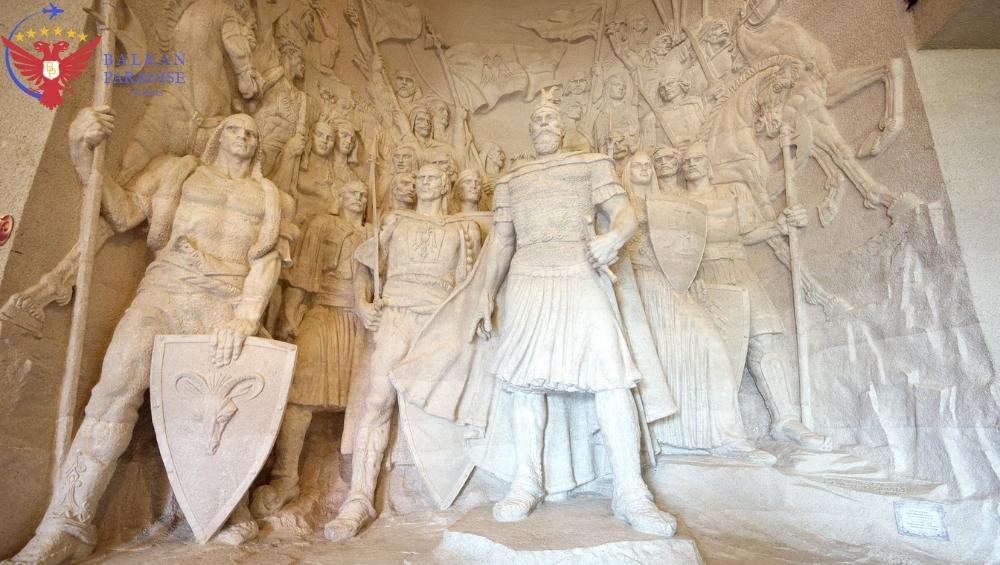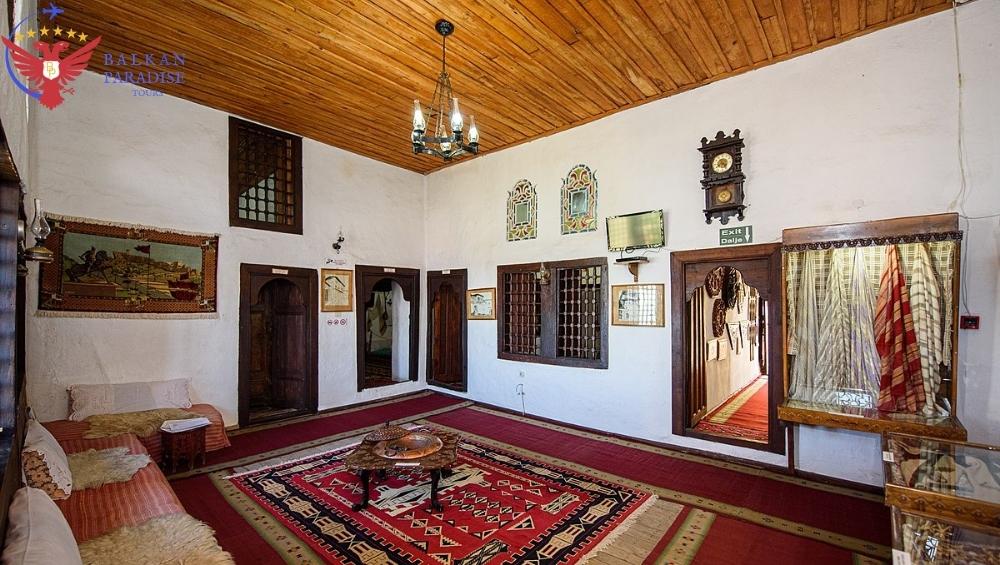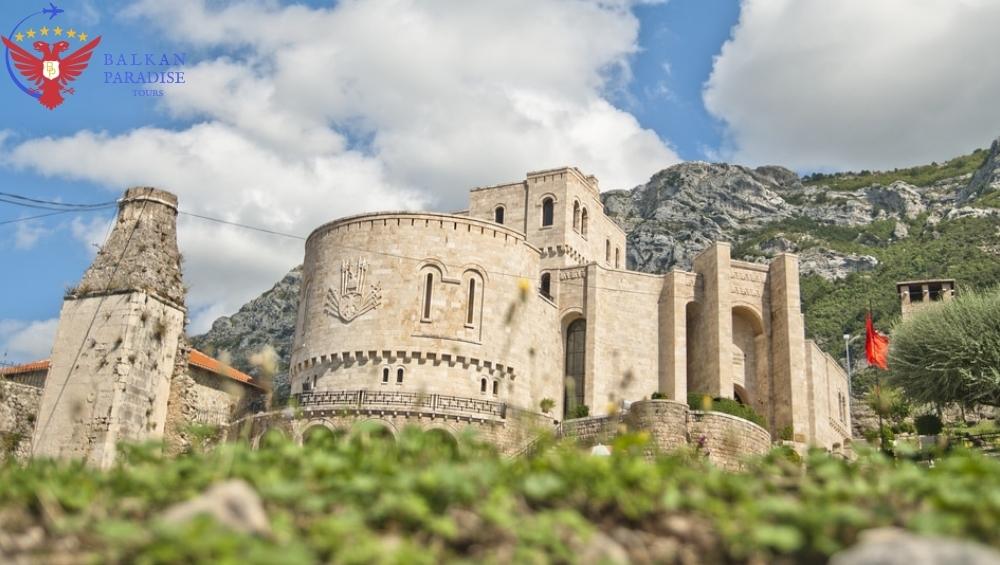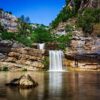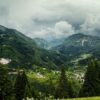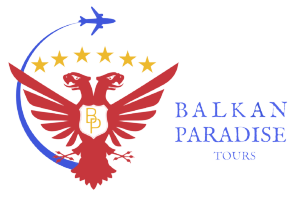Bilaj’s Thermal springs
These springs are located on the national road Vora ¬ Fushë Krujë
In the village of Bilaj, near the Gjola bridge. They are the closest sources to Tirana. The springs of these thermal waters emerge from the deposits of the Ishm valley. These springs are rich in minerals such as calcium, salts, potassium, iron, magnesium, etc. The water temperature is 55 degrees Celsius. Thanks to these waters, it can cure rheumatism, skin, and nervous system problems.
